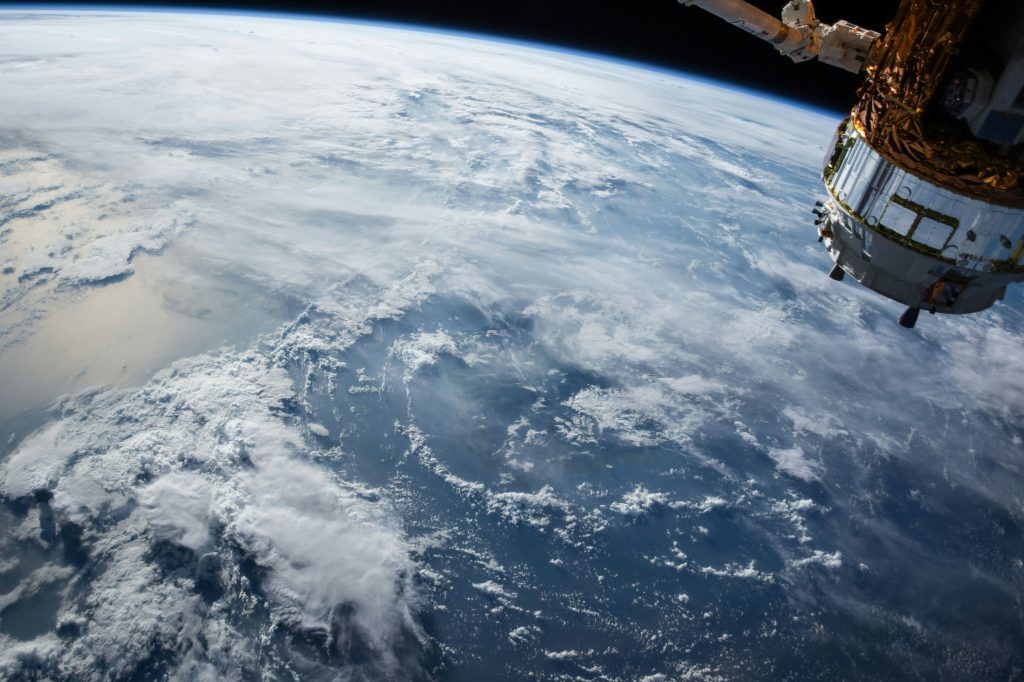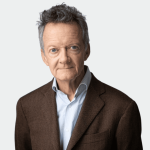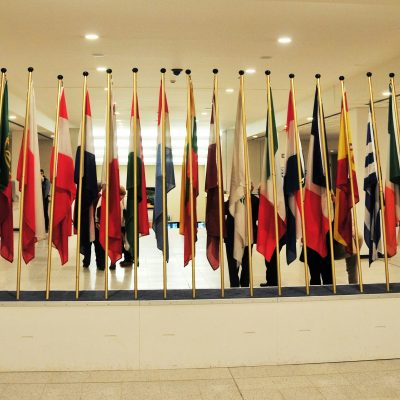Space: The Virtuous Backbone of European Defence?

Space capabilities, technologies, and industries play an increasingly central role in the strategic competition between global powers. A focal point of U.S.–Soviet rivalry during the Cold War, space has now become—through the exponential growth of civilian and military applications—a major condition for the economic performance and security of our societies. It is therefore at the heart of the debate on European strategic autonomy, which here translates into very concrete capabilities: access to space, satellite intelligence (imagery and surveillance), global connectivity, secure navigation, satellite protection…
Yet, as in other sectors, Europe must compete on an uneven playing field with today’s Chinese and American rivals, given its limited budgets (around 10% of global public space spending) and an institutional governance fragmented between Member States, the European Space Agency (ESA), and the European Commission.
However, unlike defence, space is already the subject of integrated and largely communitarised European policies. A large share of efforts is devoted to major cooperative programmes, as everyone understands that purely national approaches cannot deliver results. This model could inspire the implementation of major defence capability projects that Europeans urgently need to undertake. Three trends in particular are supporting a European space sector that is both autonomous and competitive, directly contributing—and leading by example—to Europe’s necessary rearmament:
1) A systematic duality of technologies and applications benefiting defense:
From the start, investment in space has pursued both civilian and military objectives, and synergies between the two have long been cultivated. For example, ballistic missile development helped advance launcher technology. But this dual use faced limits, with military users reserving the most advanced and secure capabilities.
These barriers have largely disappeared today. High‑resolution satellite imagery has become a commercial product. Satellite constellations provide communication services accessible to all. Some civilian satellites even carry modules intended for encrypted military use. As for satellite protection, it now concerns all users…
This growing civil‑military convergence in space is an asset for European defense, the new military ambitions serving reciprocally as a drive belt for communautary space activities.
It can generate savings by building on Europe’s programmatic achievements, which remain mainly civilian at this stage. ESA appears to understand this, as shown by new programmes such as European Resilience from Space (ERS) and Earth Observation for Governmental Service (EOGS), both relevant to defence needs. The European Commission has also acknowledged this reality in its proposal for the next Multiannual Financial Framework (2028–2034)2, merging previously separate3 budgets for space and defence into a single competitiveness fund. Furthermore, both areas are, in Brussels, overseen by the same Commissioner, Andrius Kubilius, and managed by the same Directorate‑General, DG DEFIS…
2) A welcome restructuring of the industrial landscape:
A major evolution in the space sector since the early 2000s has been the rise of private players—mainly American4—who now play a leading role in defining and implementing major programmes. Their success stems from strong technological innovation, largely funded by NASA, and from their vertically integrated model offering the full range of capabilities expected by the commercial market, from launchers to satellites.
On the European side, limited public funding5 forces industrial players to depend largely on the commercial market, where they face intense and sometimes distorted competition—including among themselves. This is one reason why Europe’s two satellite giants (Airbus Defence and Space and Thales Alenia Space) saw their results plummet in 2023. They eventually joined forces to create the joint company (Bromo) announced in late October. Like it or not, the rivalry between TAS and ADS often hindered the implementation of major EU space programmes (the difficult and inconclusive negotiation over task‑sharing for the IRIS2 constellation recently illustrated this…).
This consolidation in the satellite sector—combining industrial sites in France, Italy, Germany, the United Kingdom, and Spain—should create a multinational European leader capable of competing globally with American companies, which will force competitiveness, and of delivering the governmental programmes awarded to it in Europe. Excluded from the deal, the German company OHB will likely remain a challenger in tenders for these programmes.
3) A rising budgetary trajectory:
Funding remains a central issue and will continue to clash with the limited budgetary room for manoeuvre of many European states. This equation will also depend on their ability to agree on pooling resources to jointly invest in shared priorities.
The ESA ministerial conference, held in Bremen on 26–27 November, should set the tone based on ambitious expectations (more than €20 billion over two years proposed by its Director‑General), with the usual bidding game among states seeking to maximise industrial returns. On the EU side, the Commission’s proposal for the next Multiannual Framework—even if reduced in negotiations—should still result in a significantly higher amount than the current cycle, likely around €30 billion.
These European budgets, collective by nature, will be accompanied by national funding for non‑cooperative projects, such as the small‑launcher initiatives several countries have launched under the somewhat artificial umbrella of ESA. Differences in national funding capacity may unfortunately exacerbate these centrifugal tendencies. It will be particularly interesting to observe how Germany allocates the €30‑billion envelope dedicated to military space announced by its Defence Minister.
This technological, industrial, and budgetary reshaping of Europe’s space activities will clearly have major positive spillover effects on the rearmament efforts of the EU and its Member States. Space capabilities are indeed essential components of defence—enabling the operation of increasingly connected and digitalised6 military systems and supporting operations on land, in the air, and at sea.
Whether by necessity or osmosis, programmes related to connectivity and data processing—such as the air‑combat cloud—will likely have to align with the European discipline that has driven the success of its space ambitions and, reciprocally, the strategic dimension of access to space will lead to a more communautarised management of launcher programmes.
Notes
- 1
- 2 See blog post ‘The complicated equation of the future EU defence budget’ , Jacques Delors Institute, July 2025.
- 3 For the record, over the period 2021-2027: €14 billion for space and €10 billion for defence.
- 4 Jeff Bezos’ Blue Origin, founded in 2000, or Elon Musk’s Space X, founded in 2003.
- 5 A dozen billion euros per year, compared to more than 70 billion dollars in the US.
- 6 See blog post ‘ Digital divide in armaments: an opportunity for Europe?’ , Jacques Delors Institute, October 2025.




